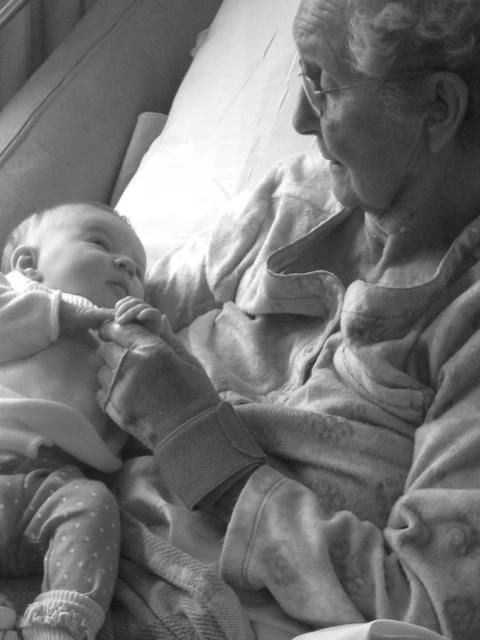
Hello Everyone,
Well, summer has been quite busy with the release of my first book, The Ghost of Catharine Parr Traill: An Ancestor’s Guide to Wellbeing. Who is Catharine Parr Traill, you ask? She was a 19th Century pioneer, botanist and writer who settled in the area we live – actually, I live in her final home here in Lakefield, Ontario! Moving into the house sparked a curiosity in me that led to the writing of the book -as a wellbeing researcher and educator, I recognized that Catharine had practiced many of the tried and true strategies we use to promote positive mental health today; her life seemed timeless and inspirational.
With the school year around the corner (!) and in the spirit of this educational blog, I wanted to share a few lessons from the book (teen edition) as we enter another busy school year; a time sure to be filled with joy but also with hard and complex conversations with our young people about the world today. Perhaps you can take some of this thinking into your classrooms, or use with your teens at home.

The importance of human connection: I touched on this in my last post, but I will mention it again, as it is just that important. In Hillary Rodham Clinton’s recent piece for The Atlantic, “The Weaponization of Loneliness,” she reminds us that Americans are experiencing increasing time spent alone; she argues it is a threat to our health and to our democracies. For our teens, it is their time spent online that pulls them away from their communities; we know this all to well.
In the Ghost of CPT, I explore the concept of community and connection in the backwoods of Canada in the 1800s. Catharine and her sister, Susanna Moodie, also knew isolation – they were extremely close, and often separated from one another by a long journey through uncut forest. During the years that the sisters were reunited and lived close to one another, they thrived. It was evident in their writing and letters home. Connection was imperative to survival, especially for women experiencing full decades of pregnancy, childbirth, and childcare. We have known the importance of community for a very long but collectively we have seemed to lose our way.
For our teens, we need to find ways to ensure they are out in their worlds, exploring their interests and interacting with those people they love, and who lift them up. When they do spend time in their online worlds, is that community positive? Does it uplift them or bring them down? Unfortunately, data suggests the latter is true. Let us ensure we are having these tough conversations with our young people this year; it is imperative to their happiness.
Purpose & Meaning: Catharine Parr Traill had deep purpose and meaning through her writing, her care of family, and her faith. How we derive purpose is very individual; it will encapsulate different things for different people. Often, when we counsel young people on their futures, we miss this important piece – what brings you the most meaning in youf life? Helping students devise a mission statement (that will most likely change each year and they grow and evolve) is a useful activity, rather than just saying ‘what job do you want to do?’ This question misses the bigger picture of that which makes life most worth living, and it is so important for wellbeing.
For example, I chose education as I had a mission to teach, counsel, and share my deep love of learning with others (I am a self-proclaimed geek, after all), but that mission could be applied to numerous other professions as well; its pretty broad. We need to help our young people understand this fact early, and not be so tethered to the outcome of work; this will open their eyes to a world of possibility aligned with who they actually are as individuals, and not simply what they are good at in school. Try the VIA Character Strength quiz, or the MyBluePrint quizzes (if your school board has this) with your students as a conversation starter. This work lives in the Ontario careers curriculum.
If you haven’t seen Barbie yet, do yourself a favour and check it out; the uber talented Director, Greta Gerwig, shares on purpose and profession, “I’m not goal-oriented so much as I am constantly aware of what I am passionate about, and I am constantly updating the list. I envision many possible futures for myself where I can be happy, so I just try to keep my passions alive.” This philosophy amounted to a new record for a female-directed movie, with over a billion dollars in sales at the box office. When workers are driven by purpose, big results ensue…

Other ways of knowing: In my book, I spend a chapter discussing Indigenous wellbeing. It is fact that the Michi Saagiig folks stewarded the Kawarthas long before the Europeans arrived, and there is much to learn from their teaching and practices; wellbeing is deeply embedded in Indigenous culture from the community created by a powwow, to the teachings of balance in the medicine wheel, and the strength and celebration of mothers and women. There is so much to learn and celebrate when it comes to Indigenous culture and excellence. We need to teach these stories in our schools through the concept of two-eyed seeing – what can we learn from one another when it comes to being well.

If you want to learn more, consider picking up a copy of my book or borrow it from the Trent Bata library or Selwyn public library. While it is not geared towards teens, it is meant for everyone and offers a little (easy to digest) glimpse into the many wellbeing strategies Catharine used to thrive in the unforgiving backwoods of Canada; history and wellbeing unite!
You can purchase the book on the Harp Publishing website
Have a magical August; enjoy that late summer light and breathe in these fleeting moments,
L.




